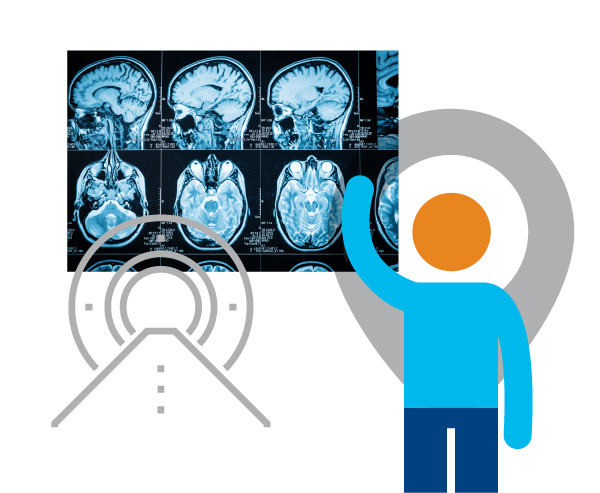So, what is an X-Ray?
X-rays are a type of radiation, similar to light but with extremely short wavelengths that our eyes cannot see. When unleashed, these rays glide through the body, encountering different tissues and structures along the way.
As X-rays traverse through the body, their journey alters depending on the density of the encountered materials. Dense materials, like bones, intercept more of these rays, hindering their passage. In contrast, softer tissues and organs allow more rays to pass through, creating a nuanced tapestry of varying densities.
A specialised detector captures the remaining X-rays after they pass through the body. These detectors detect changes in ray intensity, creating a shadowy outline like a photo negative. The resulting image showcases the intricate landscape of bones, tissues, and foreign objects, providing a roadmap for medical insight.

While X-rays are invaluable tools, their usage warrants caution. Medical professionals meticulously control the dosage to minimize exposure and potential risks. New technology has made digital X-rays better, with clearer images and faster results, while also reducing radiation exposure.
The applications of X-rays extend far beyond mere bone scans. They are pivotal in diagnosing fractures, unveiling tumors, locating foreign objects swallowed by accident and aiding in dental procedures. X-rays are important in regular medical check-ups and emergencies, changing healthcare significantly.
The evolution of X-ray technology is a testament to human innovation. Ongoing research delves deeper into enhancing resolution, reducing radiation exposure, and exploring new imaging modalities. These strides promise a future where diagnostic precision reaches unprecedented levels, fostering earlier disease detection and personalized treatment strategies.
In essence, X-rays aren’t just beams of light—they’re the silent heroes in the quest for understanding and healing. Science and human ingenuity can reveal the hidden parts of ourselves, showing their strength.
Disclaimer: Please note, if you have any questions or reservations about an upcoming radiology scan, it is always recommended to consult with your healthcare provider, who can address your concerns directly. This is general information, not tailored to a specific individual. Please read our Terms and Conditions.







